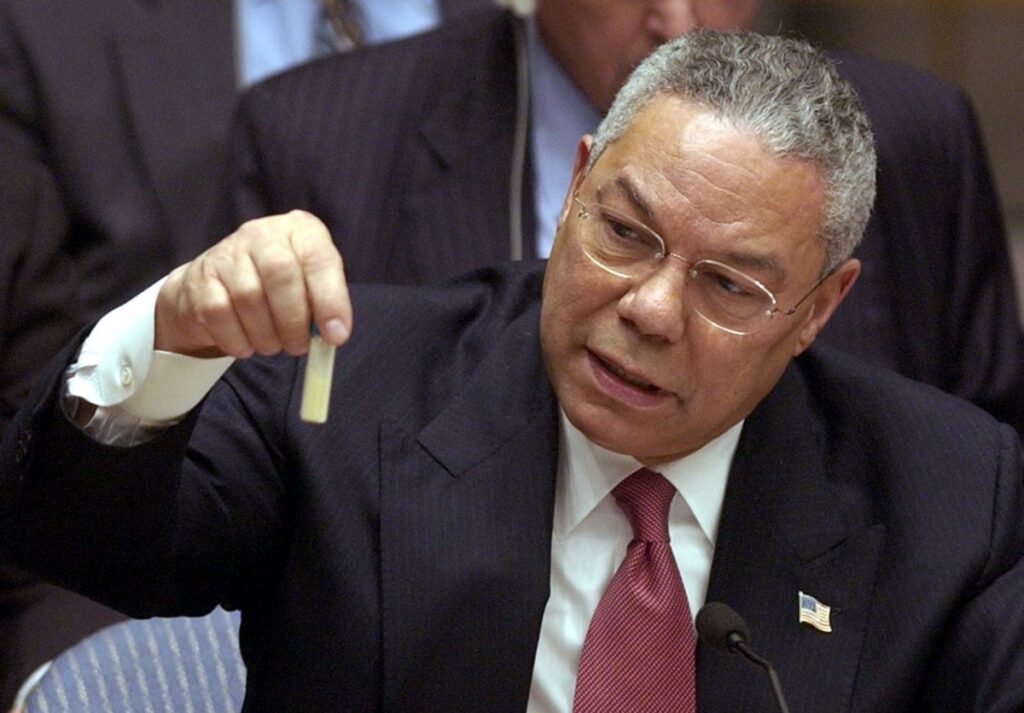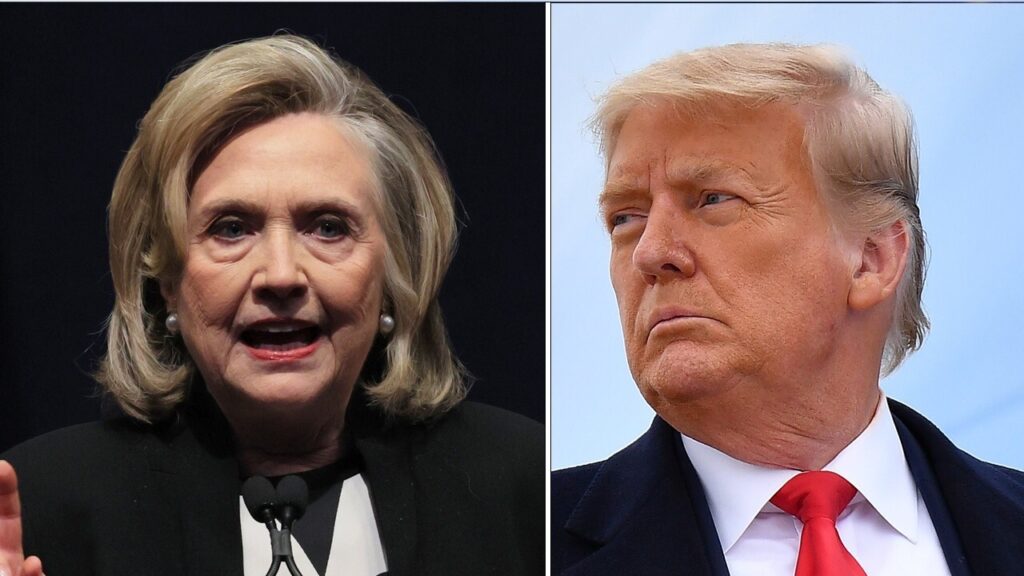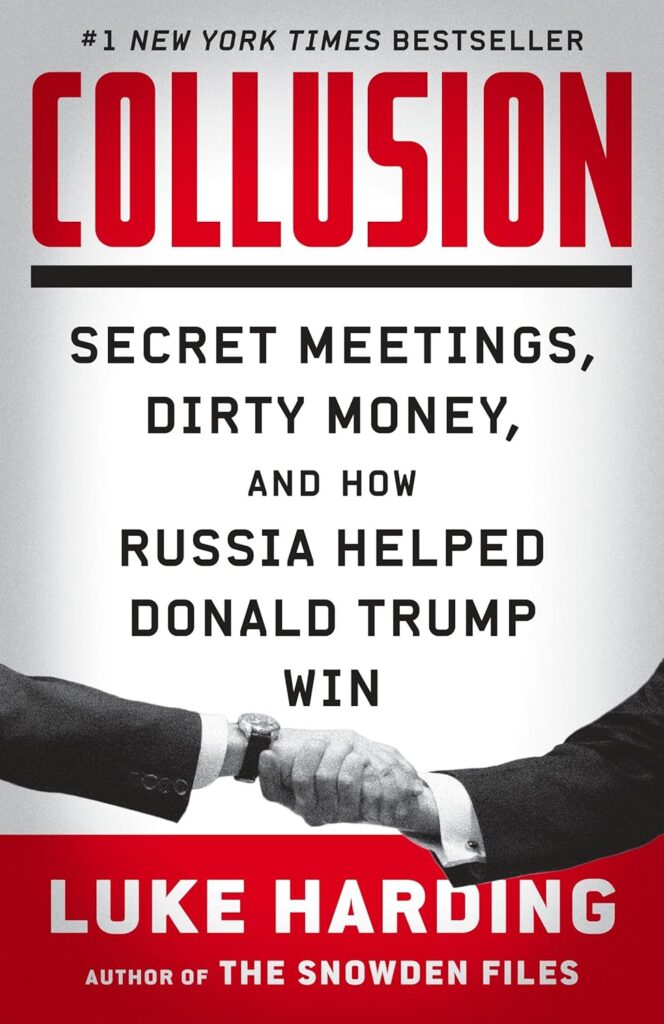Manufacturing Consent
Readings:
Edward S. Herman and Noam Chomsky: Manufacturing Consent (1988)
Manufacturing Consent
“Manufacturing Consent: The Political Economy of the Mass Media” is a seminal work by linguist and cognitive scientist Noam Chomsky and co-author Edward S. Herman. Published in 1988, the book explores the role of mass media in shaping public opinion and maintaining the status quo in democratic societies.
The title is not necessarily original. Walter Lippmann was the first author who introduced the concept of “manufacturing consent”. Following Lippmann – without quoting him – Edward L. Bernays, the father of public relations – talked about engineering of consent.
In all cases, it is the systematic attempt to align public opinion with the interest of powerful political or economic actors.
Manufacturing consent is a dense work. Most of the examples used are issues that were relevant when the book was published. Thus, it may appear to be a little outdated. Still, the propaganda model both authors developed in chapter 1, could help us understand the role of media in the contemporary landscape.
We have already studied the concept of propaganda in learning unit 2. This is the link to refresh history and meaning of this term.
Chomsky and Herman’s propaganda model focus on how mass media legitimizes power in capitalist societies. Both authors argue that media institutions serve the interests of dominant elite groups by filtering information and framing it in ways that support established power structures.
Propaganda Filters
“Filtering” is here the key word to understand how media work. Chomsky and Herman identify Five Filters of Media Manipulation through which news content is processed and distorted:
1st Filter: Ownership:
Media outlets are owned by large corporations or conglomerates with vested interests (more on this on learning unit 9). This ownership structure influences the content produced and the issues covered. The contents will always be subordinated to the economic interest of the corporation and its ideological agenda.
2nd Filter: Advertising:
It was Walter Lippmann the first author who understand this essential aspect of the information business: Media rely heavily on advertising revenue, which creates a symbiotic relationship between media and corporate interests. Advertisers influence content indirectly by threatening to withdraw financial support. Thus, information outlets cannot afford to alienate advertisers or the audiences those advertisers are interested in reaching through a particular channel.
3rd Filter: Sourcing:
Journalists often rely on official sources such as government agencies and corporate spokespersons for information. This reliance can lead to uncritical reporting and a lack of investigative journalism. Of course, leaks will always respond to the interest of individuals or agencies. They are unlikely neutral.
4th Filter: Flak:
Individuals or organizations that challenge the mainstream narrative face “flak” in the form of negative publicity, harassment, or threats. This discourages dissenting voices and reinforces conformity.
5th Filter: Anti-Communist/Ideological Orthodoxy:
Chomsky and Herman’s work was published before the fall of the Berlin Wall. Thus, communism was still in America the “Feindbild” (image of the enemy). The media promoted at that time an anti-communist and pro-capitalist ideology that shaped the framing of news and commentary. Dissenting viewpoints were marginalized or excluded altogether.
Media Biases
Selective Reporting:
In Learning Unit 5, we introduced the work of the German scholar Hans-Matthias Kepplinger. His theory of the instrumental use of news helps us understand how selective reporting works. We learned that political actors tend to appropriate issues as though they own them. Issues end up having an ideological valency. And media outlets instrumentally used this valency to support their ideological agendas. The final decision to – or not to – publish an issue may depend on its actual political benefit. In liberal media, for instance, we find more news related to the issue of climate, while conservative ones tend to emphasize stories that deal with immigration crises or violent crimes. Chomsky and Herman argue that selective reporting is a form of bias that serves the interests of elite groups, such as corporate profits and military interventions, while ignoring or downplaying alternative perspectives.
Manufacturing Consent:
Through selective reporting, framing, and the manipulation of public opinion, media institutions contribute to the “manufacture of consent” among the population. This is what pioneer int he field of public relations Edward L. Bernays called “social engineering” (or “engineering of consent”). Above all in democratic regimes, where power is supposed to flow from the public, the power over the information pipelines appears to be essential. Public opinion’s consent is the key to political legitimacy. The ambition of the powers that be is to perpetuate the status quo. To this end, according to Chomsky and Herman, mass media fulfill an essential role.
Hate, Inc.
Matt Taibbi published in 2019 a revision of Chomsky and Herman’s Manufacturing Consent: Hate Inc (to make the homage clear, Taibbi closes his work with an interview to Noam Chomsky). The book was originally self-published in OR Books, an independent publishing house that focuses on digital and print-on-demand publications.
WMD
We will analyze here the two examples the author uses to argue that the classic propaganda model still works in 21st Century America. These two issues are the weapons of mass destruction campaign that preceded the Iraq war and the Russia collision crusade during the 2016 presidential campaign.
Taibbi highlighted a series of key elements use to legitimize the military intervention in Iraq.
In the early 2000s, major players in the George W. Bush administration, such as Vice President Dick Cheney, Secretary of Defense Donald Rumsfeld, and National Security Advisor Condoleezza Rice repeated in national and international forums that Iraq possessed weapons of mass destruction, including chemical, biological, and possibly nuclear weapons. The turning point in this process of dissemination of false information was Colin Powell address to the Security Council of the United Nations. He was supposedly reviling the evidence of Iraqi weapons of mass destruction. Such arsenal was never found after the invasion.

Those false intelligence claims about Iraq’s WMDs justified and legitimized the invasion of Iraq in 2003. The war had devastating consequences. Thousand of – sometimes completely innocent Iraqis died. The whole regions was destabilized. New insurgent or terrorist groups, such as ISIS, became major players in the Arab world. American citizens also gave their lives – and American taxpayers their money.
Mainstream media immediately jumped into the wagon of the weapons of mass destruction. Taibbi explicitly refers to some of the sacred cows in the Olympus of journalism, such as The New York Times or The Washington Post. Mainstream media acted as bullhorns of the intelligence claims fabricated by the Bush administration. Critical thinking was entirely missed in the journalistic activity. Taibbi highlights the lack of skepticism and accountability within the media establishment in the lead-up to the Iraq War. Journalists who questioned the official narrative or raised doubts about the existence of WMDs were marginalized or ignored, while those who parroted the administration’s claims were rewarded with access and favorable coverage.

Taibbi’s analysis underscores the importance of media introspection and accountability in the aftermath of the Iraq War. He argues that journalists and media organizations must learn from their mistakes and strive to uphold rigorous standards of investigative journalism, sound skepticism, and independence of mind to prevent similar fiascos in the future.
Russian Collusion
Taibbi approaches the Russian collusion issue as a contemporary equivalent of the Weapons of Mass Destruction campaign before and during the invasion of Iraq. It should also be perceived as the political counterpart of this campaign, since it was driven mostly by actors of the democratic party while the majors players of the WMS scandal were Republicans.
Taibbi’s main argument is that mainstream media sensationalized and exaggerated the Russian collusion story to support a political agenda. The main victims of the campaign, as happened during the Iraqui war, were the journalistic integrity, the factual accuracy and, as a direct consequence, the loss of trust in U.S. Media. The narrative was very simple: The 2016 presidential election was seriously compromised by Trump’s alleged collusion with Russian disinformation agents. The goal of the campaign was to undermine the legitimacy of the candidate.

Taibbi found the, despite the media consensus, there was no real evidence of the alleged collusion. He sees in the campaign a symptom of the decline of responsible and rigorous journalism and the rise of a yellow press that exploits the advantages of mass hysteria.
This type of journalism, according to Taibbi, contributes to the political polarization that threatens the foundations of a democratic system that must be based on the rational and civilized dialogue.

